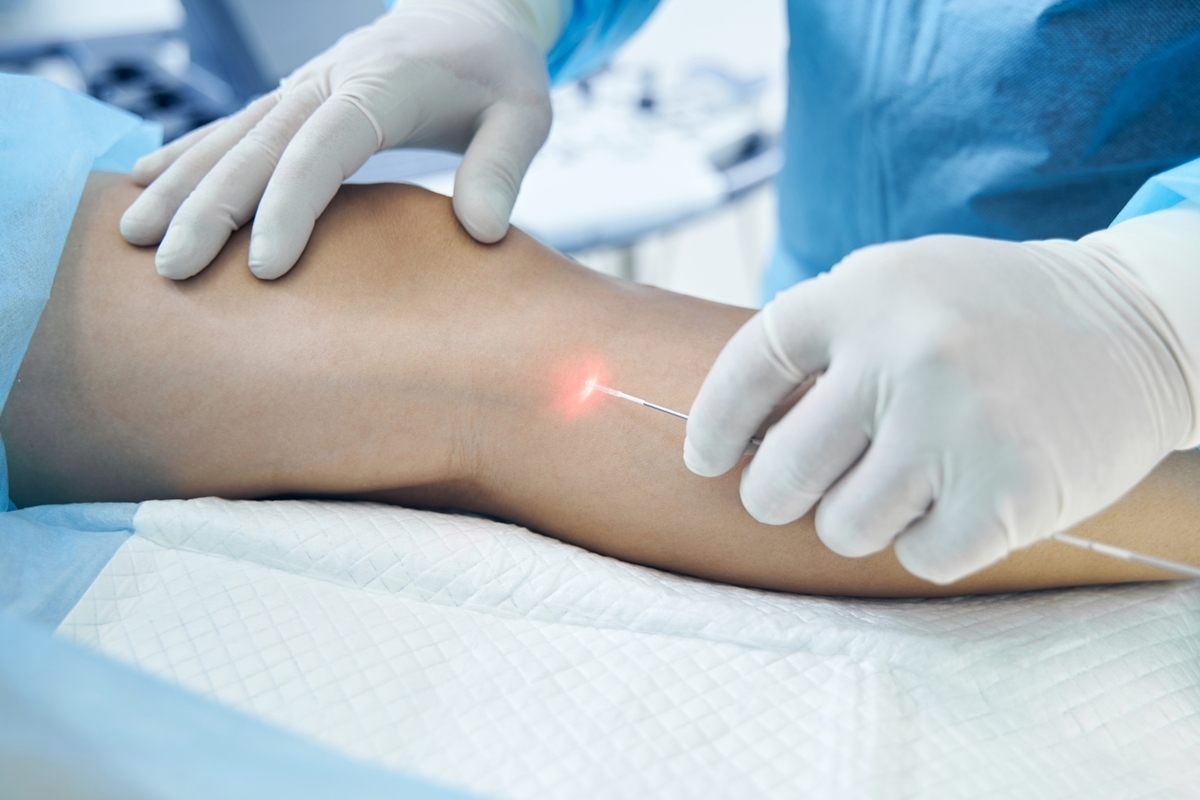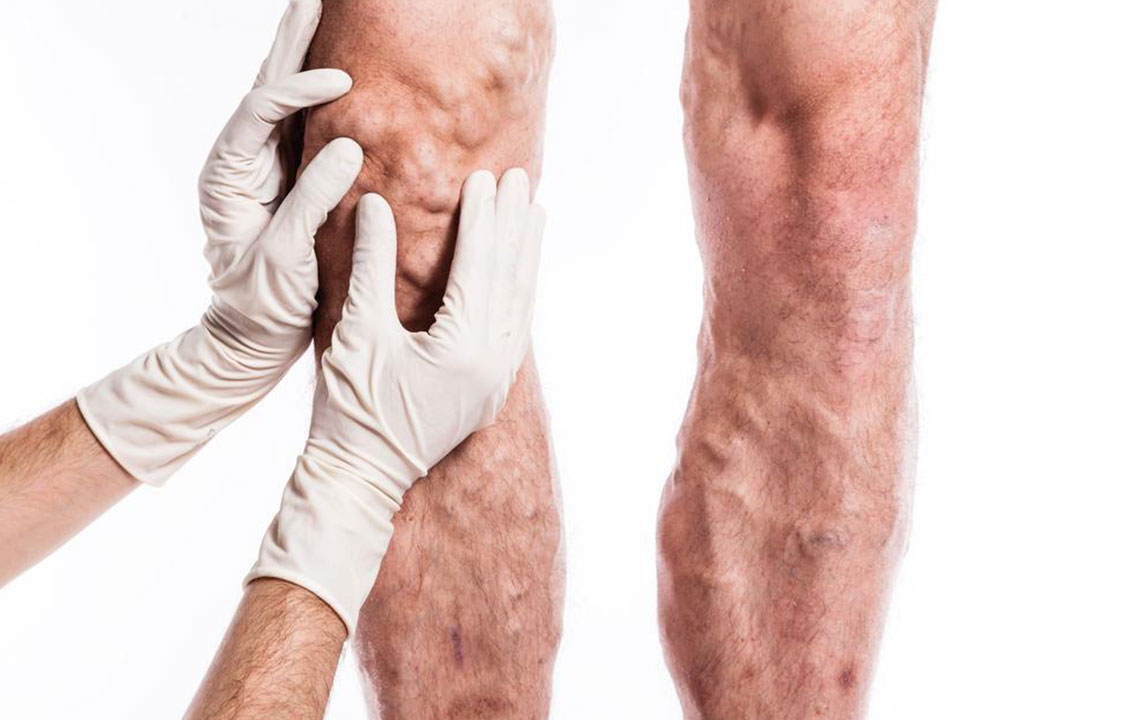Proactive Approaches to Combating Gangrene
This article covers early strategies for managing gangrene, emphasizing the importance of prompt detection and treatment. It highlights symptoms to recognize and medical interventions like antibiotics and vascular procedures, along with preventive habits. Timely action can prevent serious complications such as limb loss and save lives.

Early Strategies for Gangrene Management
Gangrene results from tissue decay caused by insufficient blood flow, often due to infections, injuries, or vascular issues. Early detection of symptoms is vital to intervene promptly and prevent serious complications such as limb loss or death.
Signs to watch for include persistent wounds or infections, fever, rapid heartbeat, darkening skin patches, blisters with drainage, vomiting, peeling skin with distinct borders, shiny infected areas, and numbness or cold sensations in the affected limb.
If these symptoms appear, seek medical attention promptly. Diagnostic tools may include blood tests, X-rays, MRI imaging, and tissue biopsies.
Early interventions involve antibiotics, hyperbaric oxygen therapy to enhance healing, vascular surgeries to improve blood flow—particularly for diabetic patients—and removal of infected tissue through debridement. Good hygiene, balanced nutrition, and lifestyle changes play an essential role in prevention and minimizing recurrence.


